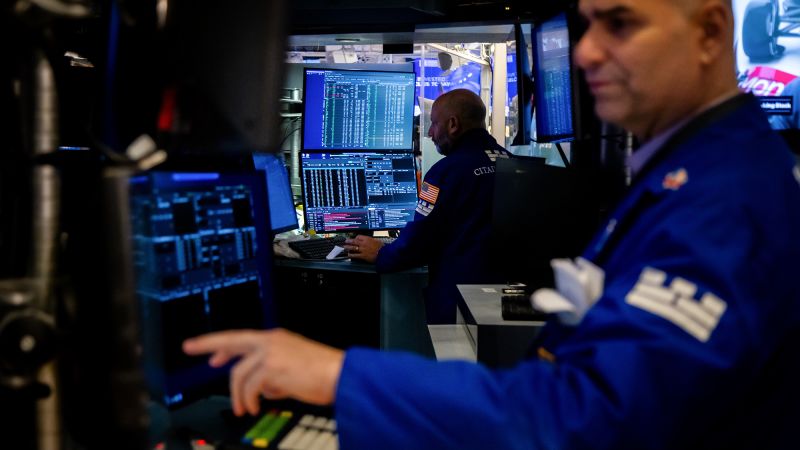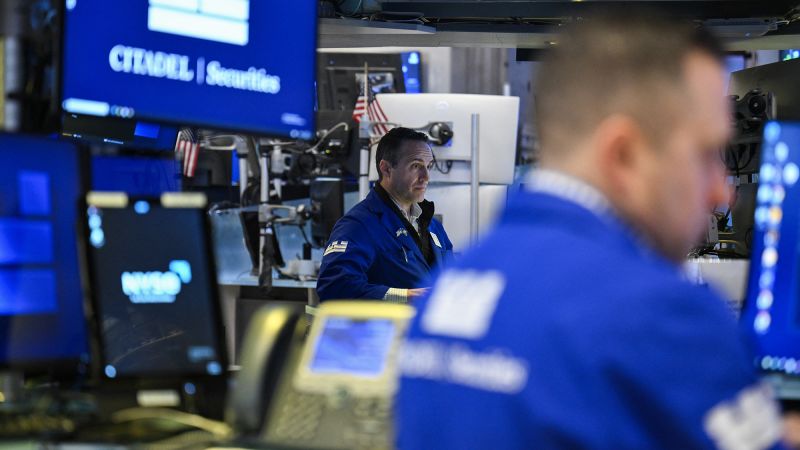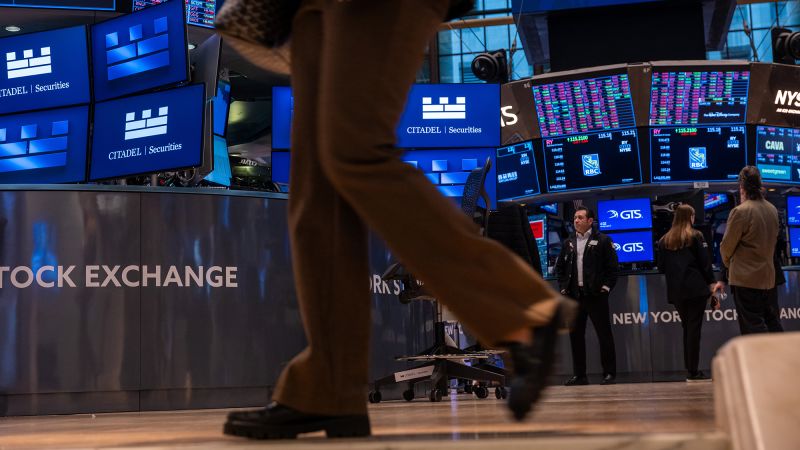On Wednesday, U.S. stock markets took a significant hit as Federal Reserve Chair Jerome Powell expressed grave concerns regarding the potential impacts of President Donald Trump’s tariffs. Powell labeled these tariffs as "unprecedented" and highlighted the uncertainty surrounding their economic effects. The Dow Jones Industrial Average plummeted by 700 points, marking a 1.73% decline, while the S&P 500 and the tech-heavy Nasdaq Composite saw even steeper drops of 2.24% and 3.07%, respectively.
Tariff Concerns and Economic Implications
During a discussion in Chicago, Powell remarked that the scale of the tariff increases was much greater than what many had anticipated. He warned that these changes could lead to increased inflation and reduced economic growth. Investors are currently navigating a landscape filled with uncertainty as the Trump administration continues to oscillate between various trade policies.
- Dow Jones: -700 points (-1.73%)
- S&P 500: -2.24%
- Nasdaq: -3.07%
Retail Spending Surge Amid Tariff Warnings
Recent data from the Commerce Department revealed a remarkable increase in retail spending in March, the fastest growth observed in over two years. This surge is attributed to consumers rushing to make purchases before the implementation of significant tariff hikes.
In parallel, shares of Nvidia (NVDA) fell sharply by 6.87% after the company announced it would incur a $5.5 billion loss due to new U.S. government restrictions on its artificial intelligence chips bound for China. This export limitation is part of the intensifying competition between the U.S. and China for leadership in the AI sector.
Ongoing Trade Tensions
Solita Marcelli, Chief Investment Officer for the Americas at UBS Global Wealth Management, noted that while there is hope for progress in trade discussions, the current confrontational stance between the U.S. and China is likely to persist.
Investors remain vigilant for any updates from the White House regarding trade policies, especially after the administration initiated investigations into the imports of pharmaceuticals and semiconductors, which could be precursors to new tariffs.
Recent Market Movements
The S&P 500 had recently achieved its first consecutive gains in two weeks when it was announced that certain electronics imported from China would be exempt from tariffs. However, the optimism was short-lived, with the index declining on Tuesday and Wednesday, trading below its closing price from early April, just ahead of Trump’s initial tariff announcements.
Citi analysts pointed out that the ongoing fluctuations in U.S. tariff policies are likely to lead to prolonged market uncertainty, as investors grapple with the implications of these changes.
Global Economic Outlook
The World Trade Organization recently reported a downturn in global economic prospects due to the ongoing trade skirmish. The WTO forecasts global GDP growth at 2.2% for the year, a reduction of 0.6 percentage points compared to a scenario without additional tariffs.
Amidst this economic uncertainty, gold prices surged above $3,300 per troy ounce, marking a rise of over 3%. Analysts at Goldman Sachs have even increased their year-end forecast for gold to $3,700, indicating a sustained demand for this safe-haven asset as tensions between the U.S. and China escalate.
In conclusion, the economic landscape remains fraught with challenges as tariffs influence market performance and consumer behavior. Investors are left to navigate an ever-changing environment, where the only certainty appears to be ongoing volatility.










